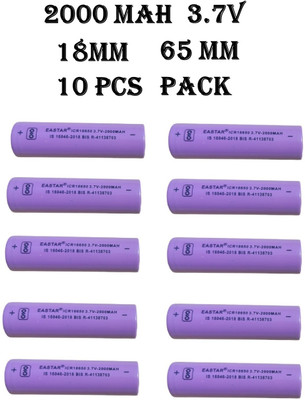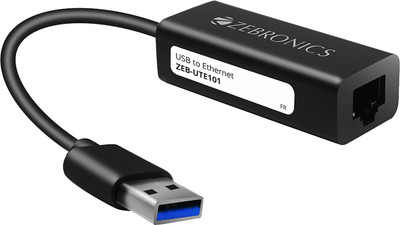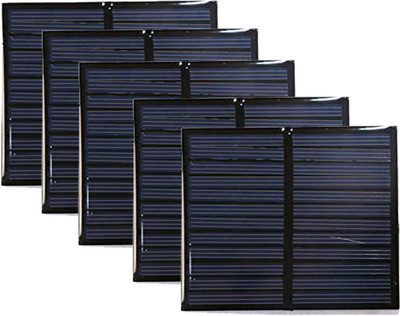
Hinox Electronics (AD18.5/PG13.5) Pipe Adapter Bellows Joint Quick Hose Connector Snake Skin Flexible Pipe Joint Corrugated Conduit Connector Wire Connector (Black, Pack of 5)
Share
Hinox Electronics (AD18.5/PG13.5) Pipe Adapter Bellows Joint Quick Hose Connector Snake Skin Flexible Pipe Joint Corrugated Conduit Connector Wire Connector (Black, Pack of 5)
Be the first to Review this product
₹295
₹699
57% off
Available offers
T&C
T&C
T&C
T&C
Delivery
Check
Enter pincode
Delivery by2 Aug, Saturday
?
View Details
Highlights
- Corrugated Conduit
Services
- Cash on Delivery available?
Seller
Description
conduit glands, often referred to as nylon or PA conduit glands, are a specific type of cable gland made from polyamide, a type of synthetic polymer. They are widely used in various applications due to their robust characteristics and versatility. Here’s a detailed description:
### Key Features of Polyamide Conduit Glands
1. *Material Properties*:
- *Durability*: Polyamide is known for its high mechanical strength and toughness, making these glands highly durable.
- *Chemical Resistance*: They offer excellent resistance to a wide range of chemicals, including oils, greases, and solvents.
- *Temperature Resistance*: Polyamide can withstand a broad range of temperatures, typically from -40°C to +125°C (-40°F to +212°F).
2. *Environmental Protection*:
- *Waterproofing*: Many polyamide glands have high IP ratings (e.g., IP68), indicating strong protection against water and dust ingress.
- *UV Resistance*: They often have good resistance to UV radiation, making them suitable for outdoor use.
- *Flame Retardant*: Polyamide glands are often designed to be flame-retardant, enhancing safety in case of fire.
3. *Mechanical Protection*:
- *Strain Relief*: They provide effective strain relief, preventing mechanical stress on the cables.
- *Impact Resistance*: Polyamide's inherent toughness ensures that the glands can withstand physical impacts without cracking or breaking.
4. *Ease of Installation*:
- *Lightweight*: Polyamide is a lightweight material, making these glands easy to handle and install.
- *Thread Types*: They come in various thread types (e.g., metric, PG, NPT) to fit different conduit and equipment interfaces.
- *Simple Assembly*: They typically feature easy-to-use clamping mechanisms for quick and secure installation.
5. *Applications*:
- *Industrial Automation*: Used in machinery and control systems for cable management, Machinery building, electrical insulating protection, illuminating equipment, automobile manufacturing, flight equipment's, metro, trains etc.
- *Telecommunications*: Ideal for securing cables in communication systems.
- *Outdoor Installations*: Suitable for applications where cables are exposed to weather elements.
- *Consumer Electronics*: Used in various electronic devices for protecting internal wiring.
### Advantages of Polyamide Conduit Glands
- *Cost-Effective*: Generally more affordable compared to metal glands while still offering excellent performance.
- *Non-Corrosive*: Unlike metal glands, polyamide does not corrode, making it ideal for harsh environments.
- *Versatile*: Available in various sizes and configurations to meet different installation requirements.
Overall, polyamide conduit glands provide a reliable and economical solution for securing and protecting cables in a wide range of applications, combining strength, durability, and ease of use.
Read More
Specifications
In The Box
| Pack of |
|
| Sales Package |
|
General
| Brand |
|
| Model Number |
|
| Type |
|
| Material |
|
| Color |
|
| Suitable For |
|
| Corrosion Proof |
|
| Net Quantity |
|
Connector Features
| Maximum Current Rating |
|
| Maximum Voltage Rating |
|
| Operating Temperature |
|
| Installation Type |
|
| Locking Device |
|
Additional Features
| Flameproof |
|
Dimensions
| Weight |
|
Frequently Bought Together
1 Item
₹295
2 Add-ons
₹1,897
Total
₹2,192
Be the first to ask about this product
Safe and Secure Payments.Easy returns.100% Authentic products.
Back to top












